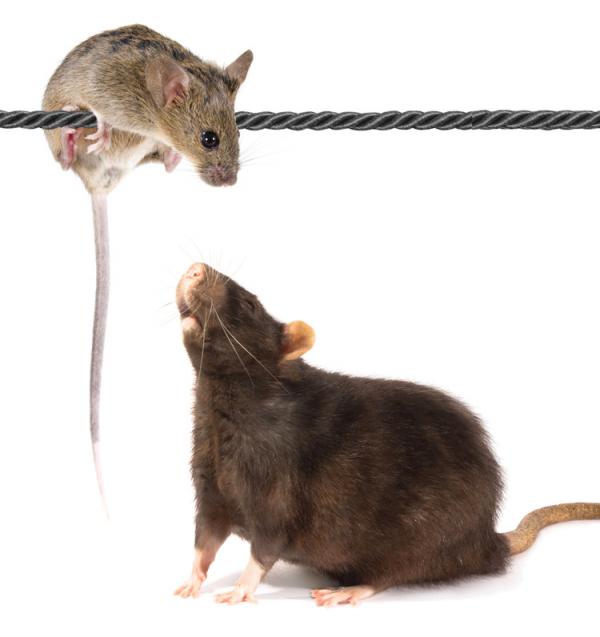Why pest management is essential in warehousing and logistics
By Mark Nicholson
We all know that poor handling by a powerful forklift truck can destroy the value of an entire pallet load of goods. As Mark Nicholson warns in the following article, a single mouse dropping has the power to do the same thing.
Whether it’s a dropping, a feather, a piece of nest material or an insect, evidence of contamination by pests may result in rejection of products. Even if it’s a non-food delivery, and even if each item is individually wrapped, the customer might refuse to take it if the container is contaminated.
Hubs for pest transmission
Warehouses, distribution centres and their associated logistics and transport operations are in a difficult position when it comes to pest control. Pests can get into the supply chain from the outside environment through a multitude of docks or via movement of staff and visitors. And they can be shipped into your premises from all over the world.
Once there, they will often find ideal conditions in which to live and breed. They may move around to find the part of your workplace that provides the best temperature and shelter. They may also discover a variety of other stored goods to feed and shelter them.
You may not have had a serious problem to date, but you should be taking preventative action now. A pest control expert can predict and prevent infestations, saving you from a nasty surprise and a lot of expense. Importantly, your strategy should look not only at your own site but at the potential for pest problems elsewhere in your supply chain to affect you.
The cost of ignoring pest risks....
To read full article, please go to eurekapub.eu

